For large eCommerce brands, optimizing your PPC conversion rate is key to maximizing the value of your ad spend. With the right strategies, you can turn more clicks into conversions, improving your return on investment (ROI).
Understanding PPC Conversion Rate
Your PPC conversion rate is a measure of how well your pay-per-click ads turn clicks into actions—whether that’s a purchase, a sign-up, or another desired action. Simply put, it’s calculated by dividing the number of conversions by the number of total ad interactions and multiplying by 100 to get a percentage.
But boosting your PPC conversion rate isn't just about focusing on conversions alone. Google Ads uses a mixed funnel approach, meaning that campaigns must include both upper-funnel (awareness) and lower-funnel (high-intent) strategies to perform well in the long term. According to Databox, the average conversion rate (CVR) for Google Ads is 2.85%. More specifically, the average CVR for search ads is 4.2% and 0.55% for display ads.
The Importance of a Mixed Funnel Approach
Many advertisers make the mistake of only running high-intent campaigns, like branded search and shopping ads, to get quick conversions. However, this strategy alone can harm long-term campaign health. To inform machine learning and improve performance over time, you need a mix of campaigns. This includes prospecting and driving new users to your site with upper-funnel strategies like YouTube, Display, and Demand Generation campaigns.
Brands that focus too much on high-intent traffic can miss out on growing awareness and site traffic at an efficient cost-per-click (CPC) or cost-per-thousand impressions (CPM). That’s why it’s important to run campaigns across multiple platforms—such as Google Ads, TikTok, Meta, and Pinterest—to capture the full customer journey and improve PPC conversion rates over time.
Key Strategies to Boost Your PPC Conversion Rate
Now that we understand the importance of both upper- and lower-funnel campaigns, let’s dive into specific strategies that can elevate your PPC conversion rate:
- Optimize Landing Pages for Specific Audiences
Ensure that your landing pages are tailored to match the intent of the audience you’re targeting. Whether it’s retargeting or prospecting, landing pages should speak directly to the user’s needs.
- A/B Test Ad Creatives and Copy
Constantly test your ad copy and creatives to see what resonates best with your audience. This is especially true for ads running across Google’s various formats (YouTube, Search, Display, and Performance Max).
- Keyword Optimization and Exclusion
Focusing on specific, high-intent keywords can make a significant difference in PPC conversion. At the same time, excluding irrelevant keywords ensures your ads appear only to those who are most likely to convert.
- Omni-Channel Creative Strategy
Ensure that your ads align across all platforms. For instance, when you’re running campaigns on Google and TikTok, maintaining consistent messaging helps reinforce your brand at every stage of the customer journey.
- Leverage Demand Gen and Performance Max Campaigns
These campaigns are crucial for generating initial interactions and fueling conversions later. By scaling interactions with upper-funnel campaigns, you can focus on high-intent, lower-funnel campaigns when users are ready to convert.
Real-World Examples: How Blue Wheel Improved Clients’ PPC Conversion Rates
Here’s how we applied the strategies above for some of our top eCommerce clients and improved their PPC conversion rates:
- Saint Jane Beauty: During a Labor Day sale, we optimized ad copy and targeted high-intent audiences, resulting in a 27.92% YoY increase in conversion rate (3.10% vs 2.42%).
- Oribe: By focusing on retargeting via Performance Max and search campaigns, we helped Oribe achieve a 57.75% YoY increase in conversion rate (4.24% vs 2.69%).
- Jack Black: Through a blend of search and Performance Max campaigns, Jack Black saw an 86.51% YoY boost in conversion rate (2.16% vs 1.16%).
- Voloom: By running retargeting campaigns and new customer acquisition (NCA) efforts, Voloom’s conversion rate increased by 105.66% YoY (2.94% vs 1.43%).
Balancing Campaign Types for Long-Term Success
Success in PPC isn’t just about focusing on lower-funnel campaigns. Running a blend of Demand Generation, Performance Max, and Search campaigns creates a sustainable ecosystem. Segment your audience into separate campaigns—one for prospecting and another for retargeting—so that you can tailor your messaging based on where the customer is in their journey.
For example, during promotional periods like Black Friday or Cyber Monday, we scale budgets higher to capture the influx of new traffic while continuing to maximize our lower-funnel efforts.
Blue Wheel’s Tips to Optimizing PPC Performance
Blue Wheel’s Paid Search Manager, My Ha, gives some of her top tips to boost conversion rate and optimize PPC performance.
- Target more specific high-intent keywords. If you are going to drive ads to users who have a higher intent to purchase, then that will improve your conversions to clicks ratio. At Blue Wheel, we do this by ensuring we are always showing up for relevant searches by excluding irrelevant search terms.
- When it comes to beauty products, utilize Google Ads Performance Max. We do this to help reach more users who are searching for relevant skincare and haircare product categories.
- Make sure creative is omni-channel focused. Keep your creative and brand messaging similar across all other channels while still speaking to each stage of the customer journey.
- Have different campaign types to achieve higher conversion rate. Since interactions also play a major role in conversion rate, it's good to also scale above the “low hanging fruit” campaigns. We do this by running a blend of demand generation, Performance Max, and search campaigns.
- Segment your audience. By segmenting your audience, you’re using separate campaigns to identify the different purchase journey customers are in, thus being able to tailor specific messaging to specific customers.
- Scale budgets during promotional periods. During tentpole moments, such as Black Friday/Cyber Monday, it’s important to increase budgets to help drive new conversions. Since we are already prospecting year-round, we maximize our conversion efforts during these promo periods.
By using these tactics, you can set yourself up for paid search success and ultimately see what works best for your brand. However, it’s important to note that improving conversion rate takes time as does every conversion-based metric.
Conclusion
Boosting your eCommerce brand’s PPC conversion rate is not an overnight process. It takes a holistic strategy that includes both upper- and lower-funnel efforts, constant optimization, and a focus on delivering relevant ads to the right audience.
Want to see how Blue Wheel can help your brand achieve better conversion rates? Contact our team of PPC specialists for a personalized strategy.


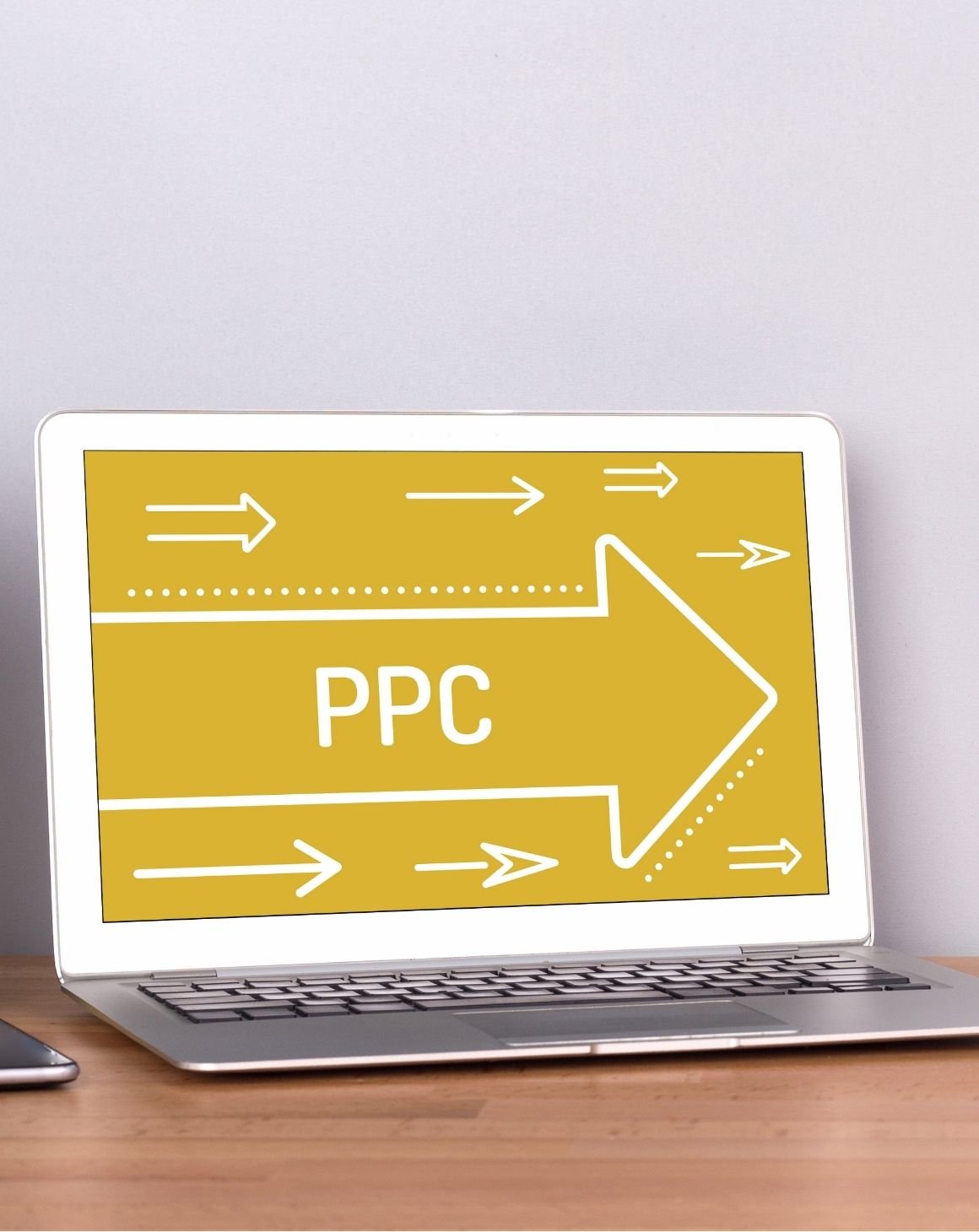
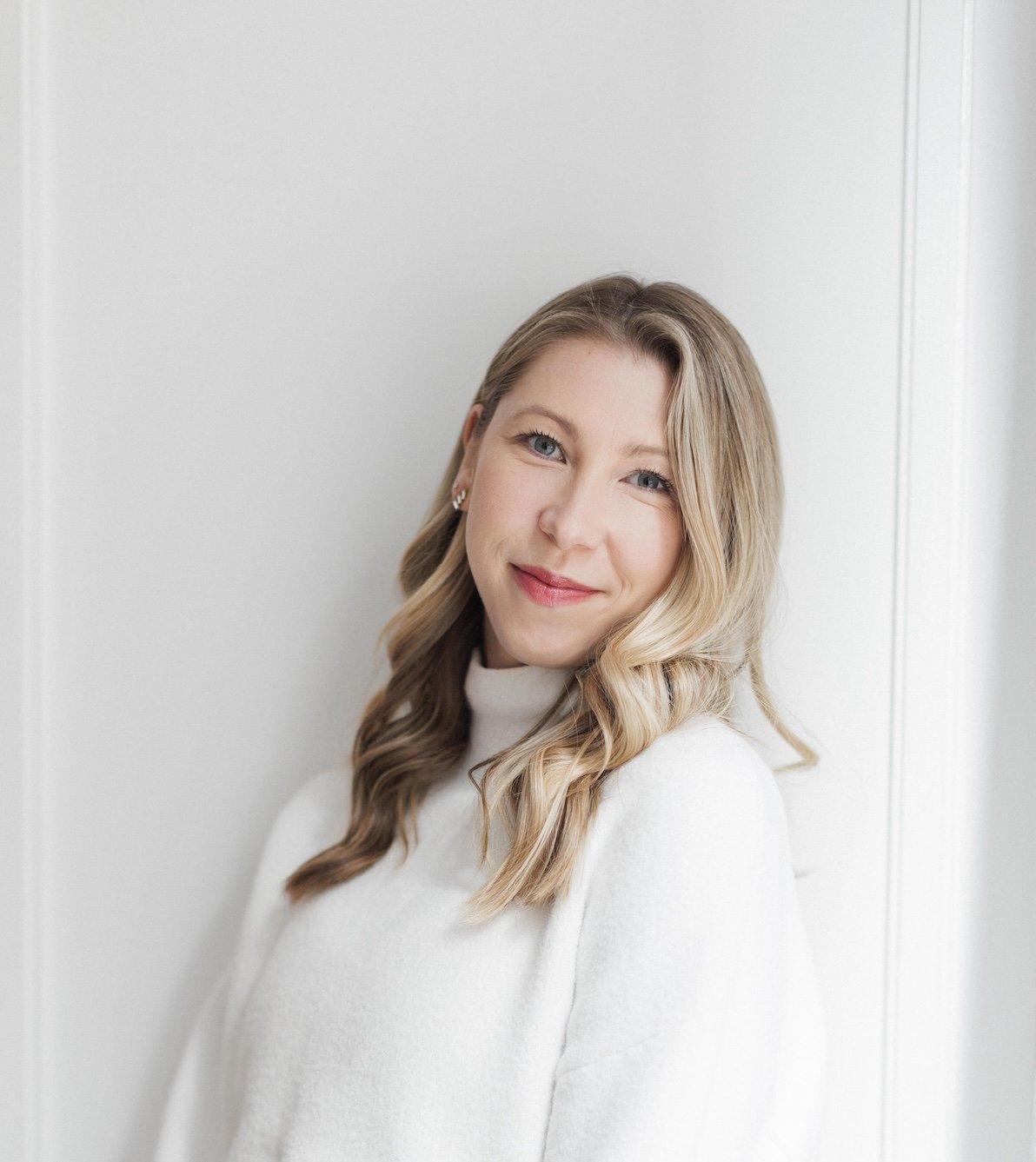
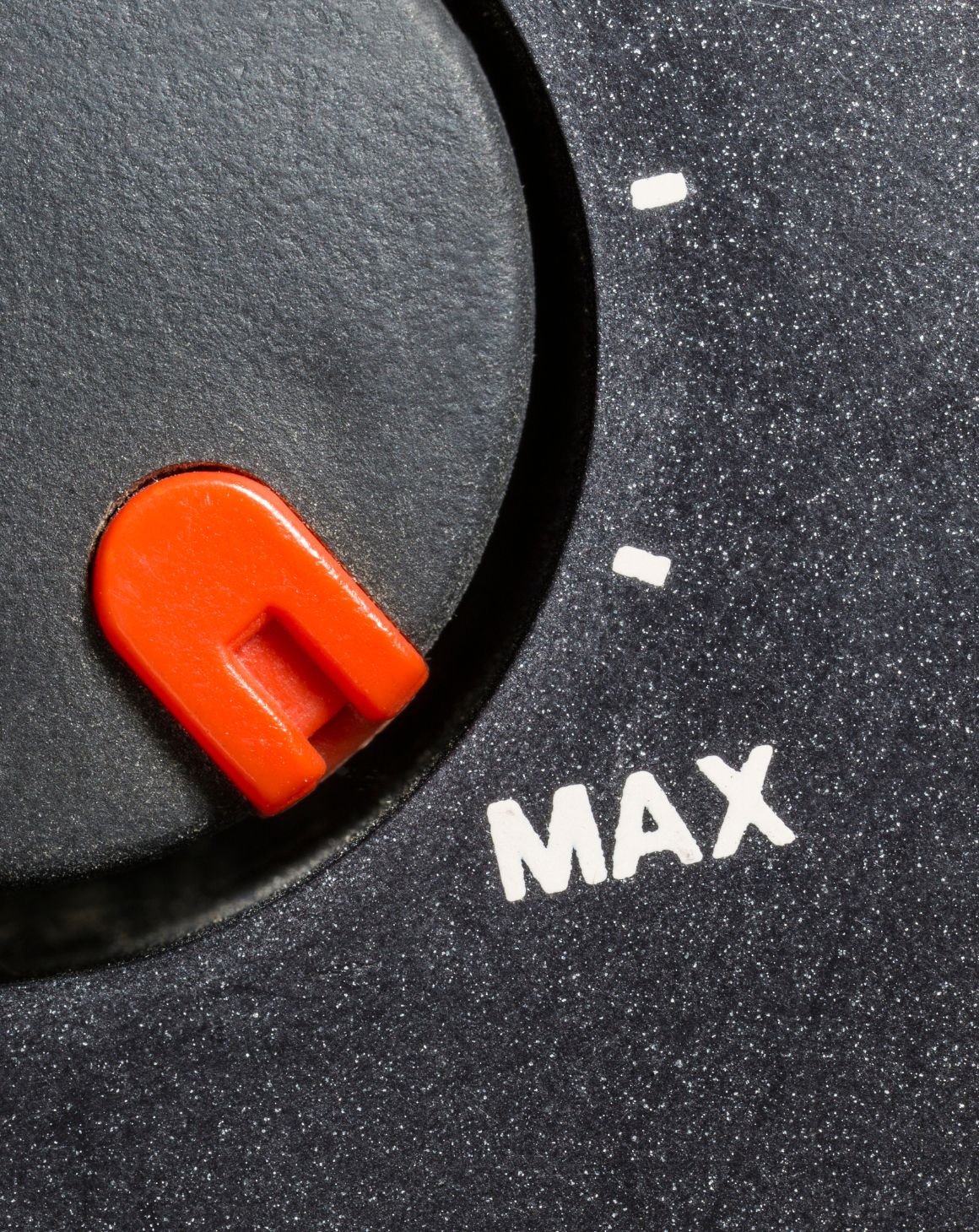
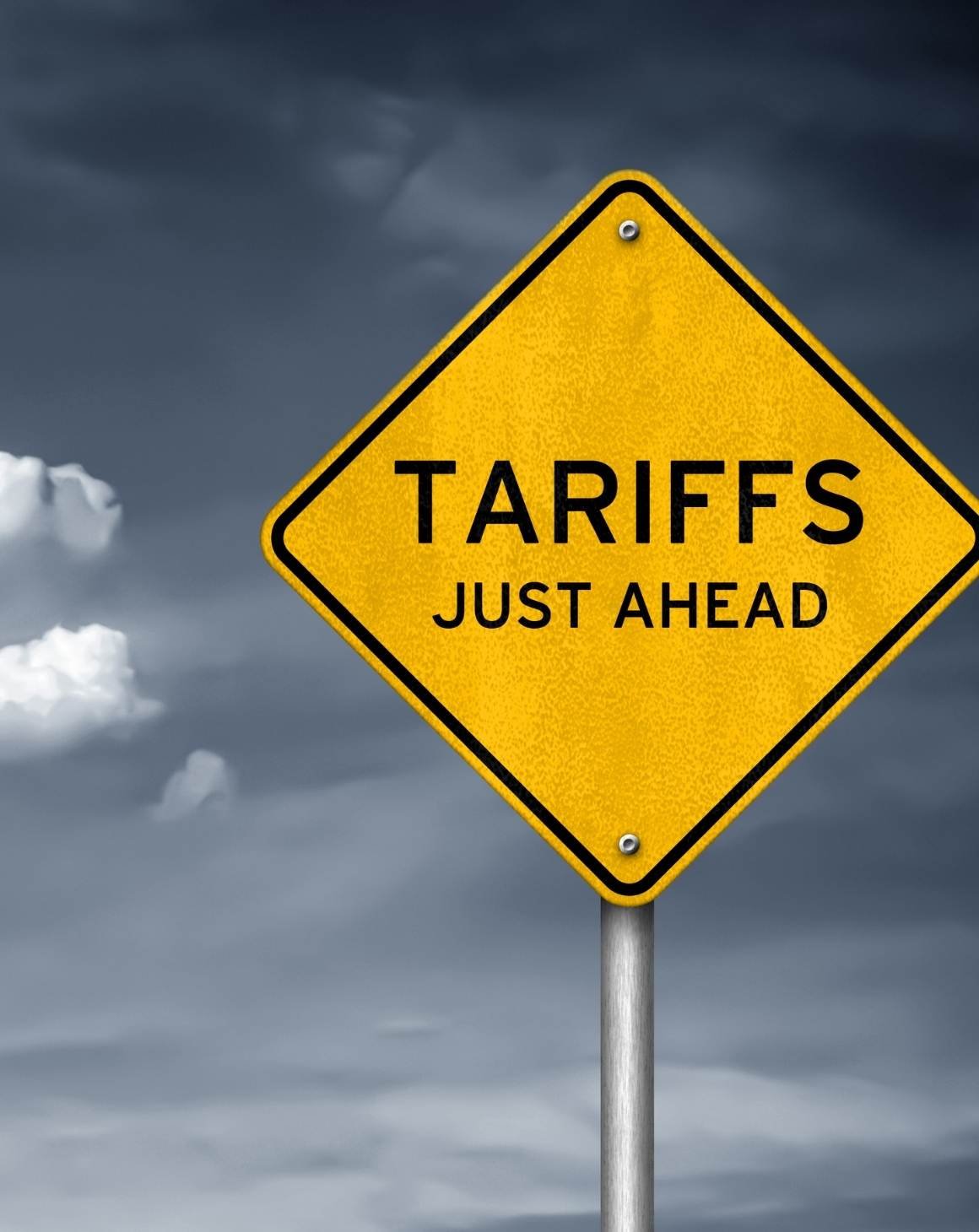
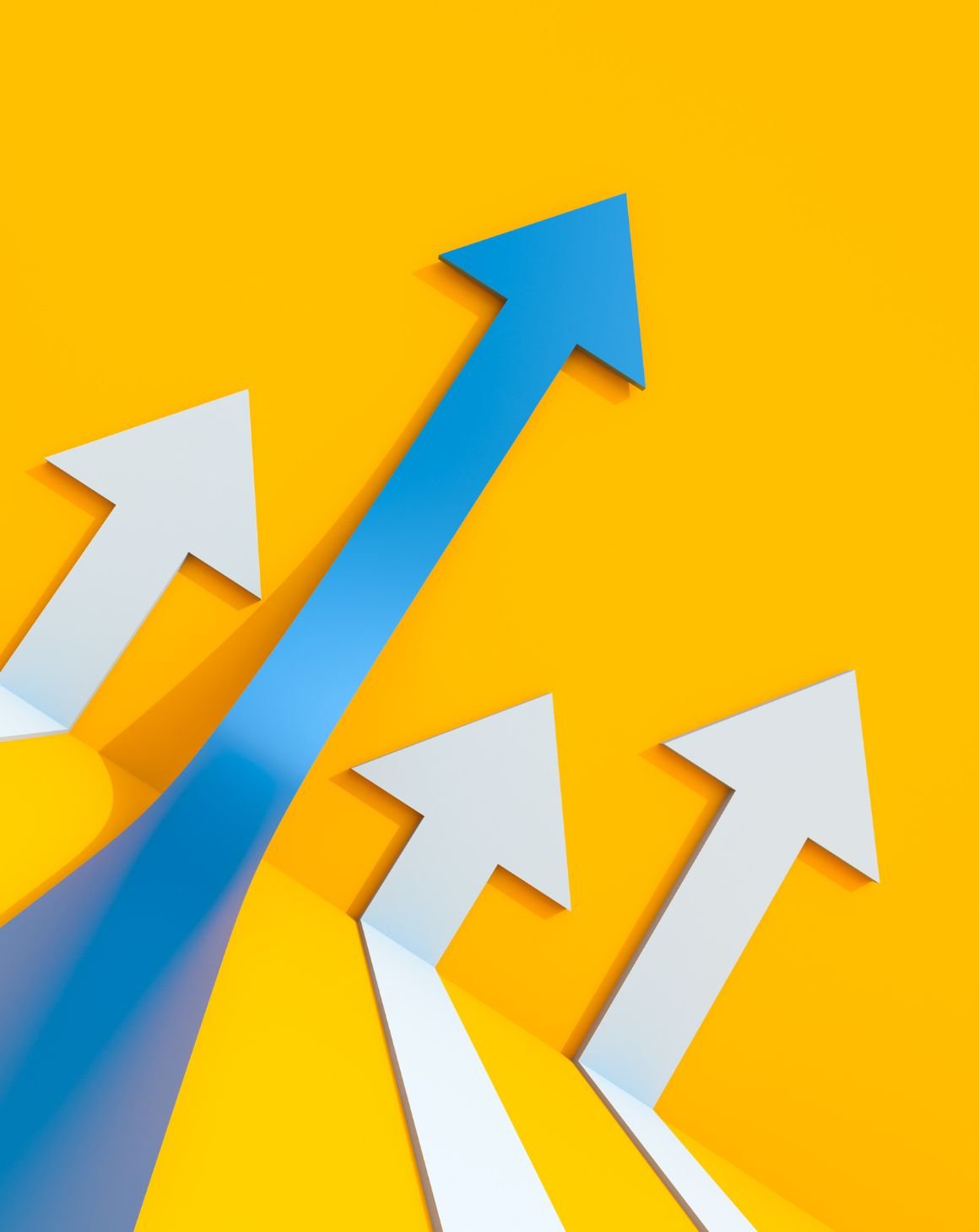
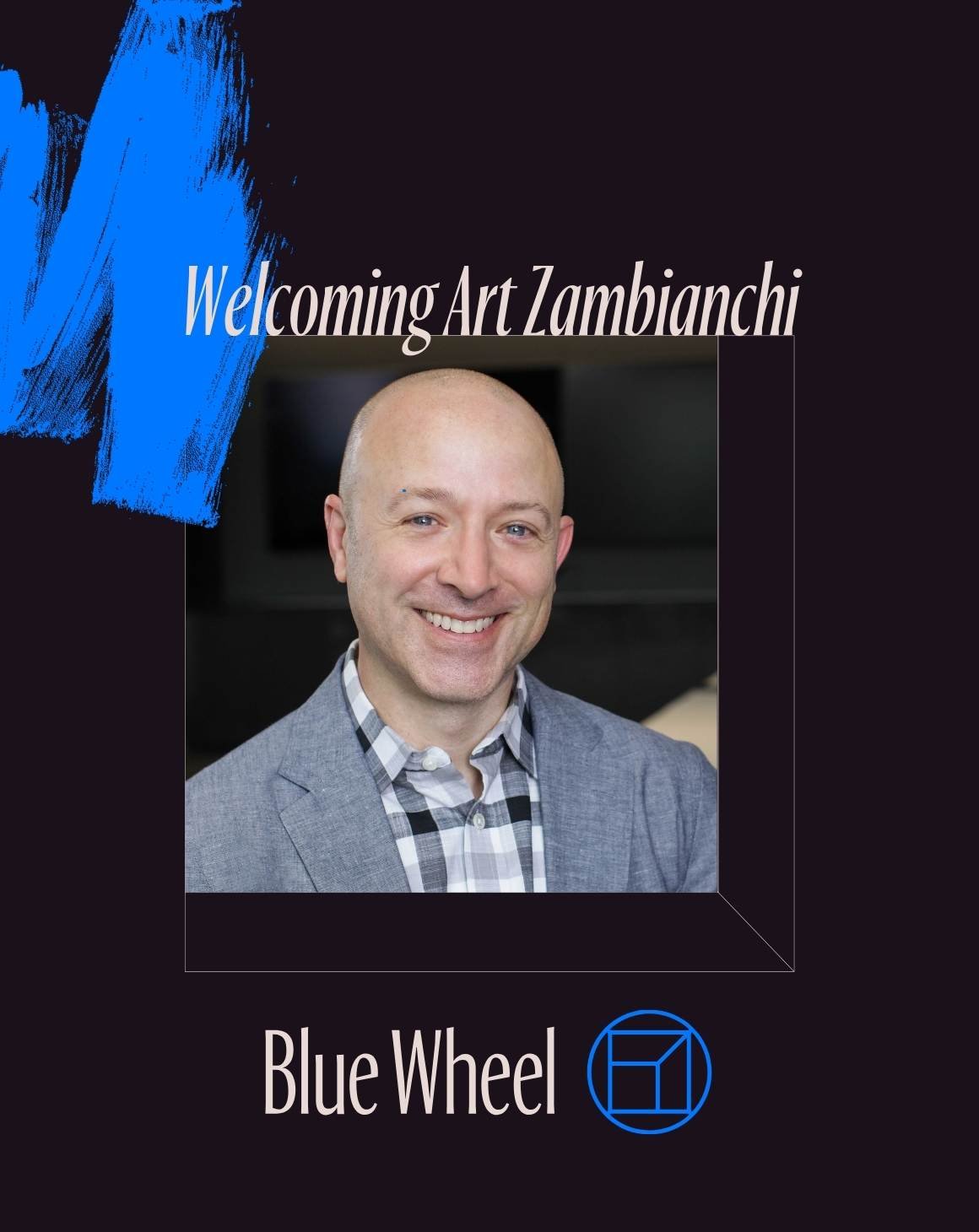
.png)
.png)
